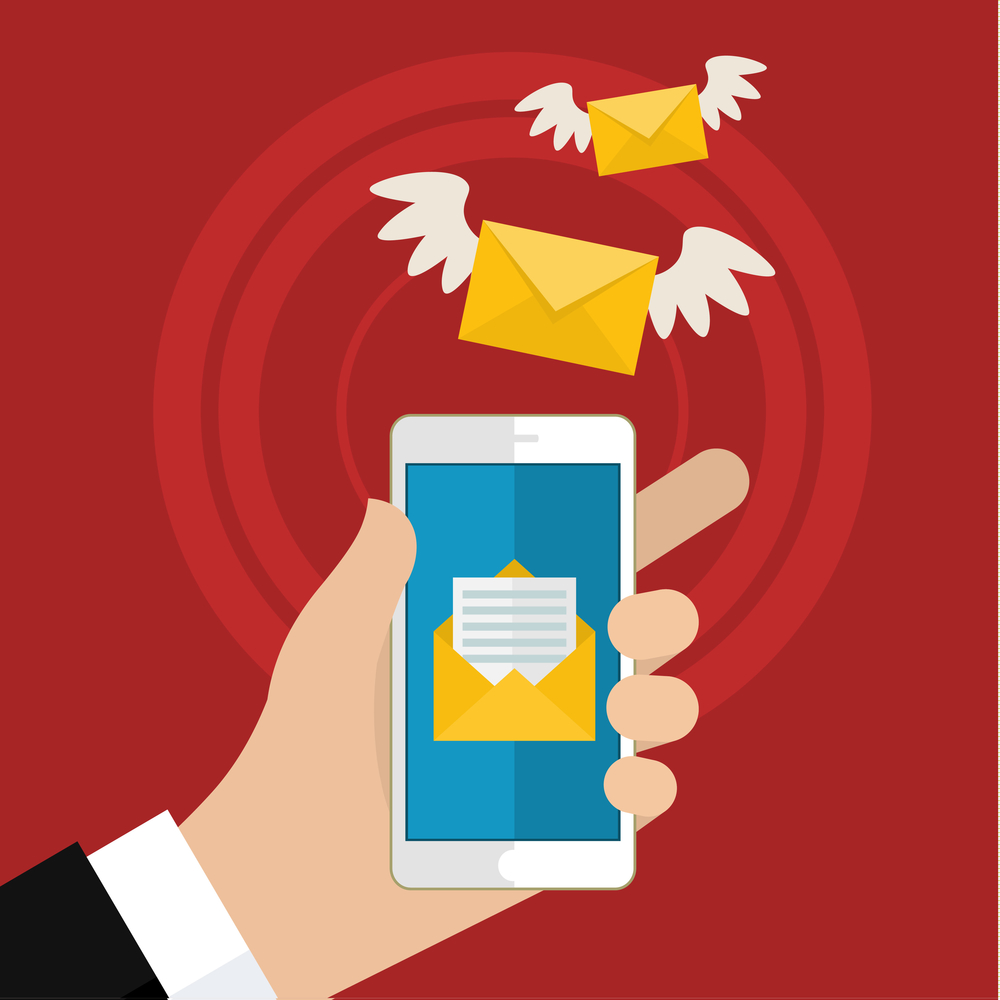Most of us have a love-hate relationship with email. Luckily, there are many software solutions to help counselors and counselor educators handle email more efficiently. Let’s begin by identifying the email issues you want to fix. If you choose more than one, don’t worry. We will take it one step at a time.
1) Which inbox issue are you trying to solve?
- a) I write emails during nonworking hours (e.g., 4 a.m., weekends, holidays).
- b) The number of emails I receive each day is out of control.
- c) I need to translate my emails into tasks on a to-do list.
- d) My email signature leads people nowhere.
- e) I write the same email over and over again.
We will spend the next few months addressing each of these types of email issues, one at a time. For those who chose “I write emails during nonworking hours,” we suggest an email add-on that might save you a lot of time and energy. It’s called Boomerang (boomerangapp.com/), and it just might make your life with email a little easier.
Counselors, meet Boomerang
We are all trying our best to set boundaries with work and work-related tasks. Maybe you like to spend your Saturday mornings catching up on work, but sending an email on a Sunday evening or Saturday morning alerts people to the fact that you are available and working. Or perhaps you are a night owl who writes emails at 3 a.m. The meta-communication of when we send our emails says something to the recipients.
Regardless of your counseling role, email is a reality of the working world. Now that the majority of people have a smartphone, our emails tend to follow us everywhere — even when we are not physically present at the office. Everyone manages his or her connectedness differently, but as counselors, it can be challenging to set boundaries when it comes to responding to emails from clients, students or co-workers. Unfortunately, it can be easier to just go ahead and respond immediately rather than risking the sometimes unavoidable reality of forgetting to follow up at a later time.
Boomerang is a helpful tool that allows you to schedule when your emails get sent. What this means is that you can write and respond to an email whenever you choose — maybe that is at night after your children have gone to bed, or on the weekend when you said you weren’t going to be checking your email. Regardless, you can schedule the email to be sent to your client’s inbox at 8 a.m. on a Tuesday morning during normal “business” hours. This can help us as  counseling practitioners or counselor educators to model better communication boundaries to our clients and students (i.e., suggesting that we are not instantly accessible) by limiting communication times and creating a culture of self-care.
counseling practitioners or counselor educators to model better communication boundaries to our clients and students (i.e., suggesting that we are not instantly accessible) by limiting communication times and creating a culture of self-care.
In addition to setting boundaries, Boomerang allows you to schedule emails ahead of time, whether that is hours, days, weeks or months in advance. For example, perhaps you are planning a workshop or group event that is a month away, but you already have a list of attendees who have RSVP’d. Using Boomerang, you can write your email reminder now and schedule that email to be sent to attendees a week before your event takes place. This takes the pressure off of you to remember to send a reminder email.
Boomerang does come with some limitations. The tool is accessible both for Gmail and Outlook users. However, currently, you can schedule only 10 emails per month using the free version. Once you hit your 10-email limit, you are unable to schedule additional emails until a new month begins (unless you pay a monthly fee for the service).
In our view, there are definitely benefits to the paid services. For $5 a month, you can schedule messages to return to the top of your inbox at a set date, while also including a note to yourself with next steps or reminders. You also receive mobile access to the application. For additional fees each month, other features are available, including unlimited emails with Boomerang, recurring messages (e.g., weekly, monthly, yearly), a setting that allows you to pause email notifications and a setting to prioritize a VIP list of senders.
Whether wishing to disconnect a bit more, wanting to be more organized with your recurring messages or just needing reminders of the emails you sent that no one replied to, Boomerang can be a tool to help counselors reduce some of the mental clutter that we all experience because of our very full inboxes.
****
Adria S. Dunbar is an assistant professor in the Department of Educational Leadership, Policy and Human Development at North Carolina State University in Raleigh. She has more than 15 years of experience with both efficient and inefficient technology in school settings, private practice and counselor education. Contact her at adria.dunbar@ncsu.edu.
Beth A. Vincent is an assistant professor at Campbell University in Buies Creek, North Carolina, in counselor. She is a counselor educator, licensed school counselor and former career counselor who is driven to learn everything there is to know about innovative productivity software so that she can help counselors be their most present selves. Contact her at evincent@campbell.edu.
Our Instagram is @techncounselor (instagram.com/techcounselor/).
****
Opinions expressed and statements made in articles appearing on CT Online should not be assumed to represent the opinions of the editors or policies of the American Counseling Association.
